|
|
|
|
Species Photo Gallery for Bifoliarus chuliotus No Common Name 3 |
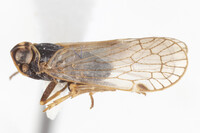 | Photo by: C.R. Bartlett
Out Of State Co.
Comment: UDCC_TCN 00003008rncoll. C.R. Bartlett et. al.rndet. C.R. Bartlett | 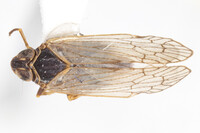 | Photo by: C.R. Bartlett
Out Of State Co.
Comment: UDCC_TCN 00003008rncoll. C.R. Bartlett et. al.rndet. C.R. Bartlett |
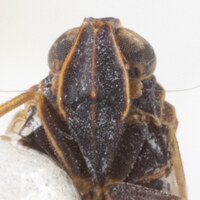 | Photo by: C.R. Bartlett
Out Of State Co.
Comment: UDCC_TCN 00003008rncoll. C.R. Bartlett et. al.rndet. C.R. Bartlett |

 »
»
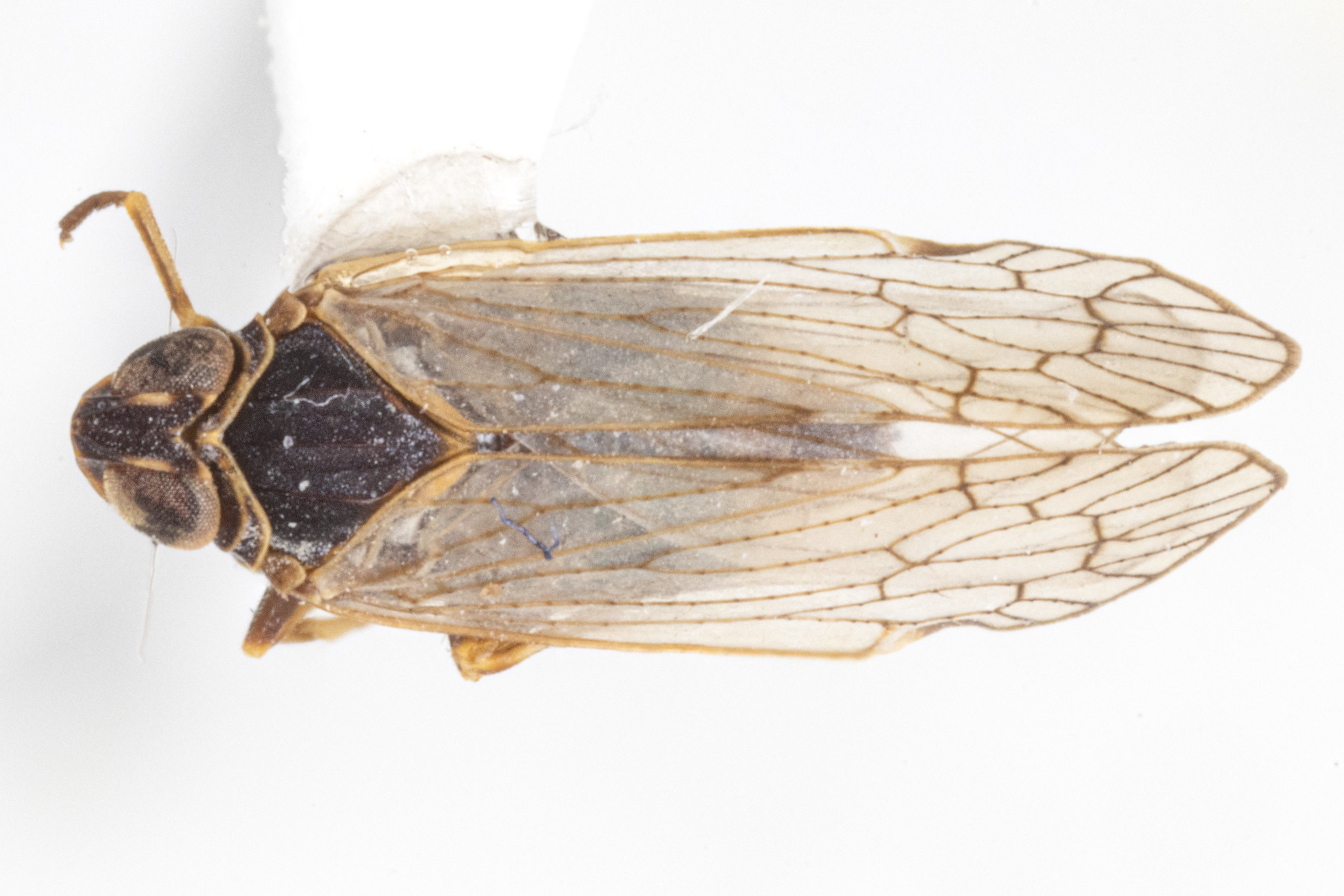
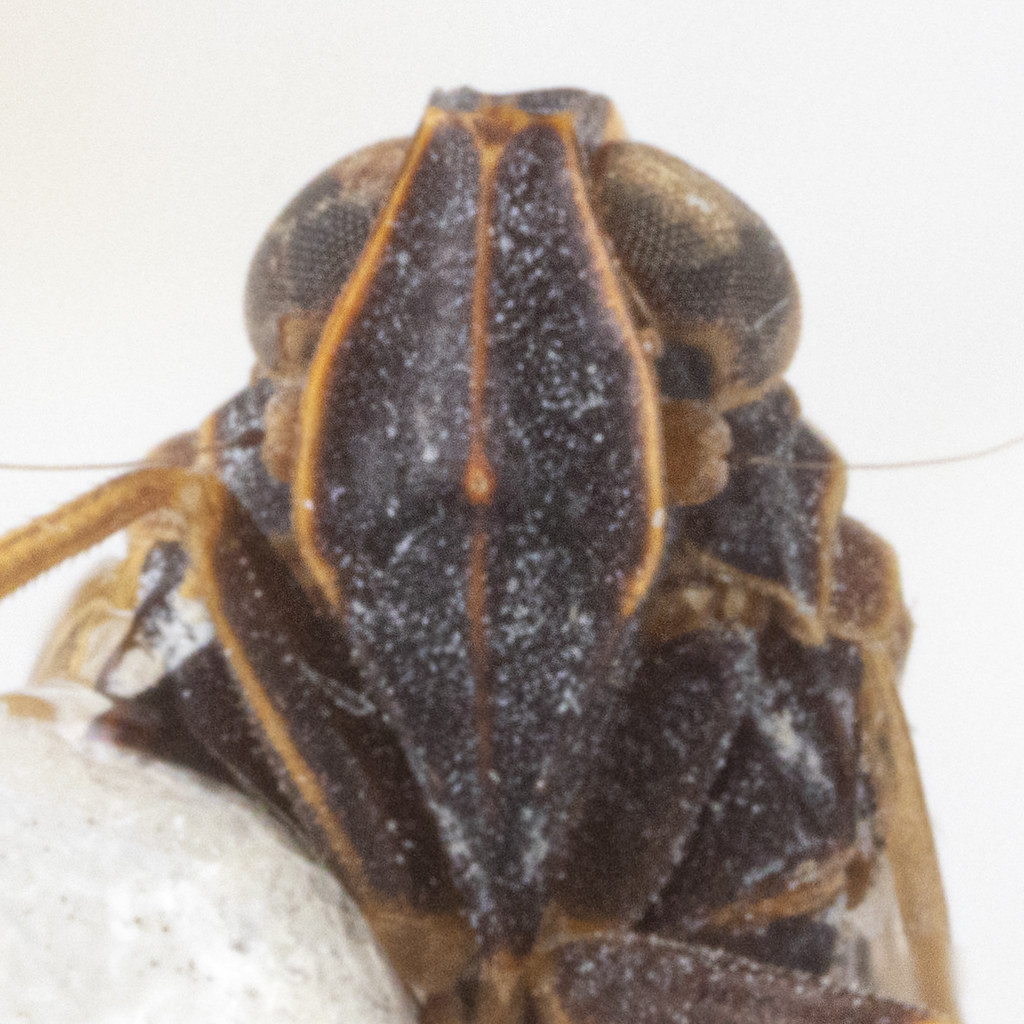

 »
»

